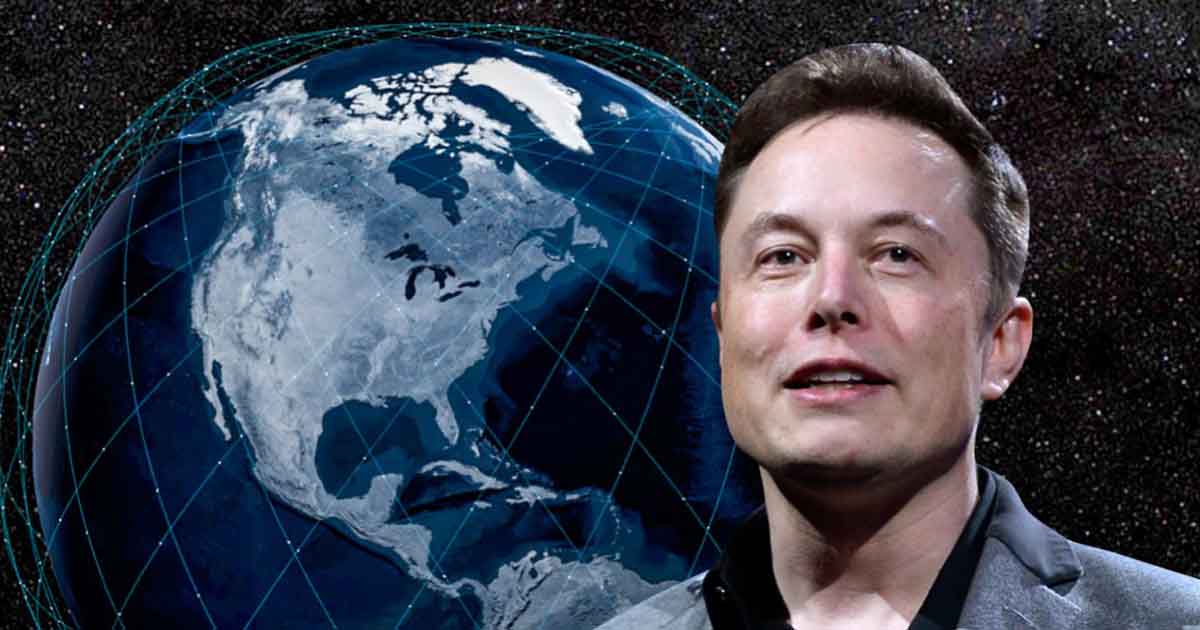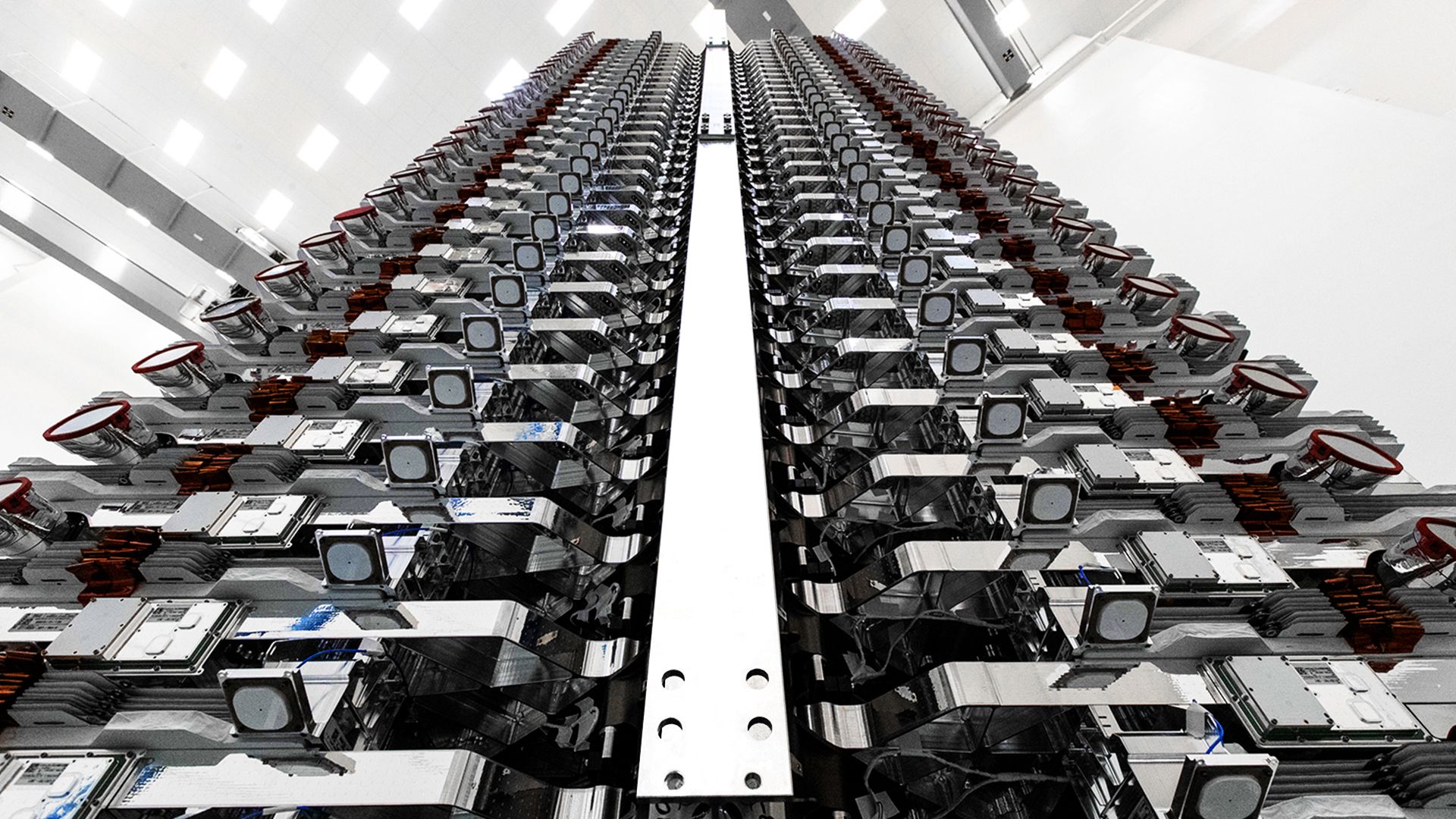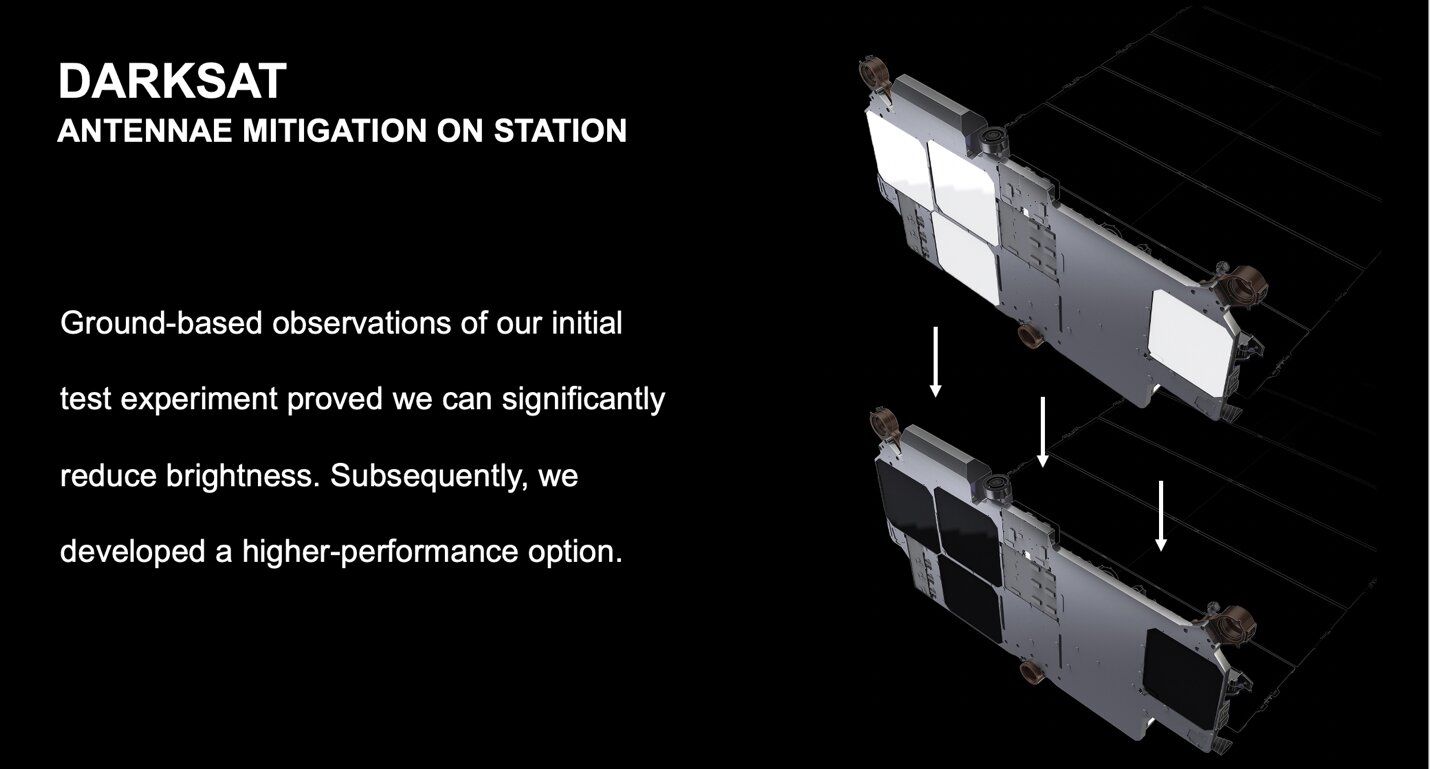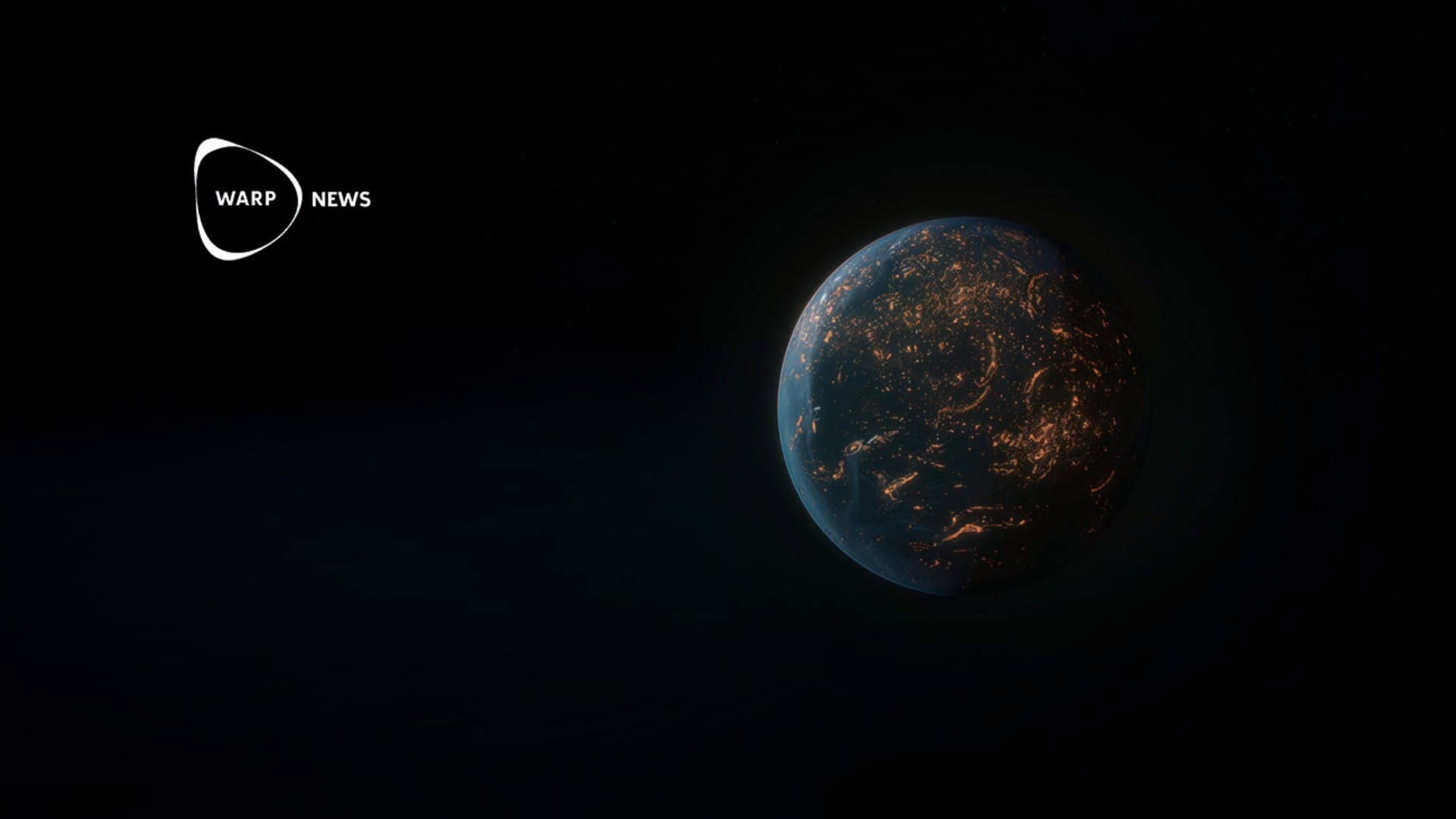
🛰 Elon Musk delivers internet of the future with Starlink satellites
Slow connections and lagging video calls will be extinct with Elon Musks’ Starlink satellites. SpaceX's division Starlink is building a network of satellite-routers with the capacity to globalize the internet once and for all.
Share this story!
SpaceX continues to impress the world with impossible accomplishments. Starlink is Elon Musk’s leap into becoming the world’s leading internet distributor. His goal is to deliver fast and reliable internet to everyone across the globe. The first satellites were launched into orbit in 2019, and the 24th of November the latest satellites were launched from Cape Canaveral, Florida.
Better than nothing – price and expectations
In Starlinks recently released Better Than Nothing Beta program, users have the opportunity to test the internet service. Previously, SpaceX has prioritized first responders and people completely lacking internet service. In August, 700,000 Americans had shown interest in the service, CNBC reports.
Furthermore, according to Ars Technica, a user has to pay $499 for the equipment and then $99 a month for the internet service. As a precaution, SpaceX told its users that the service will not reach its maximal capacity during the Beta-program. Even considered this, there are users publishing download speeds above 160 Mbps, a speed faster than 95% of the States regular connections according to Ookla. A Reddit-user even published a download speed on 174 Mbps – in Montana’s countryside!
More speed tests are available on Reddit.
Launch and capacity
SpaceXs advancements in the satellite business is a billion dollar investment. In 2018 the company launched the prototypes Tintin A and B, an achievement Elon Musk proudly shared on Twitter:
First two Starlink demo satellites, called Tintin A & B, deployed and communicating to Earth stations pic.twitter.com/TfI53wHEtz
— Elon Musk (@elonmusk) February 22, 2018
However, it did not take long to reach the next milestone. The first Starlink satellites were launched into orbit on the 23rd of May 2019, with a Falcon 9 rocket from Cape Canaveral, Florida. This launch was SpaceX heaviest at the time. A fact among many that separates SpaceX from other companies is their innovative engineering. The Starlink satellites are built so that they can be stacked during launch, and thereby maximize the capacity.
The company also impresses from a manufacturing point of view, as they produce around 120 satellites a month, according to CNBC. The long term goal is to launch thousands of satellites into orbit, and they have already made progress with around 900 active satellites in orbit today.
Chris Quilty, founder of Quilty Analytics, told CNBC about SpaceXs success in comparison to other companies in the same business. Quilty points out that SpaceXs manufacturing speed is remarkable, being the fastest ever among private satellite companies.
As a comparison, the company Iridium manufactured at most six satellites a month. In other words, SpaceX builds satellites at a speed 20 times faster than Iridium – showing incredible strength and capacity.
With increasing demand and production, SpaceX has applied for an extended permit for user terminals at the Federal Communications and Commission (FCC) – increasing the amount of user terminals from one to five million. As the amount of user terminals increases, SpaceX are getting closer and closer to their goal.
In a thread on Reddit, Matt Monson, director of Starlink Software at SpaceX, answers question regarding Starlink. In the thread, Monson describes one of his favorite moments:
The first time we launched 60 satellites on Falcon we'd designed the all-at-once deployment mechanism, but it's hard to model, and we couldn't really be 100% sure it would work right. I remember sitting there, with Falcon lifting off the pad, thinking: Ok. In an hour we're either going to be idiots for trying a thing that obviously never could have worked, or geniuses for doing the thing that's obviously the right way to deploy lots of satellites. Luckily it went well.
The success do not seem to end. On November 24th SpaceX sent additionaly 60 satelitties into orbit, on their 16th Starlink mission. In the video you can watch the launch.
Unique design
The Starlink satellites are designed in a unique and innovative way, showing the remarkable work of engineering. At launch they can be stacked together, and as they reach space, they will slowly distance themselves until they reach their individual orbits.

A satellite weighs about 260 kilograms and consist of four phased array antennas, a solar panel and an ion propulsion system. Furthermore, the satellites are equipped with an autonomous collision avoidance system, a capability that reduces the risk for human error which can have a great impact on functionality.
When in orbit, the satellites are on a height of 550,000 MASL, meters above sea level, while regular satellites usually are on a height of double that. If a satellite would malfunction, they are programmed to leave their orbit or enter the atmosphere.
Bright objects in the sky
Unfortunately, the Starlink project has stirred up reactions among the world's astronomers. As more satellites reached orbit, it became obvious that they reflect a lot of light from the Sun, sabotaging observations and measurements for astronomers. Scientists are concerned that this will be an increasing problem as more satellites are sent into orbit.
To counteract this, SpaceX has worked with astronomers to solve the problem. Elon Musk has highlighted on Twitter that the satellites may be re-directed during big astronomical events. Further, SpaceX has worked on a darker design, called Darksat, that can reduce the reflectiveness of the satelitties. However, these are improvements that they are still working on.

Bright future for Starlink
Elon Musk has changed the world and his accomplishments with Starlink is no exception.
The investment bank Morgan Stanley has doubled their future valuation of SpaceX. As one of the fastest growing companies in the space business, Morgan Stanley estimates SpaceX to be worth $100 billion. In a letter to the banks investors, analyst Adam Jones wrote:
SpaceX continues to solidify its place as ‘mission control’ for the emerging space economy. Important milestones with Starlink, Starship and government contracts dovetail to support an increase in our base case valuation.
But Starlink has so much more than an economical value.
With Starlink, SpaceX has already changed to world's view on internet usage and accessibility. With the pandemic it has become more apparent than ever to what extent we are dependent on internet to make our everyday life work. Without the internet, distance work, education, and even human interaction had been impossible in times like these.
There is a bright future ahead thanks to innovative companies like SpaceX, with accessible internet everywhere – even in the deepest of forests.
Starlink makes the future come sooner.
By becoming a premium supporter, you help in the creation and sharing of fact-based optimistic news all over the world.


